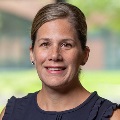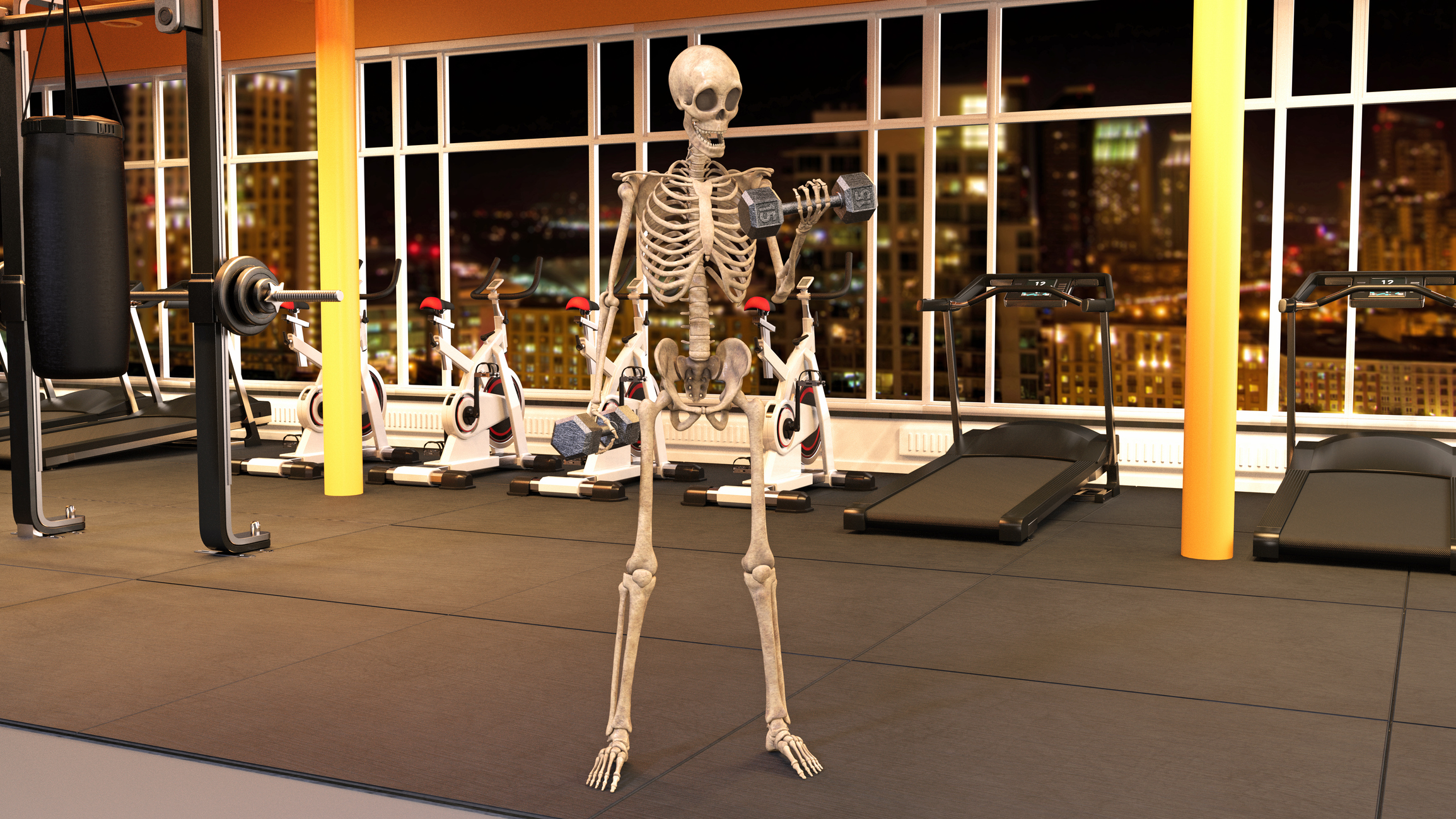Distance running is popular due to its health benefits, low cost and accessibility. However, it is associated with high rates of overuse injuries. Particularly, female cross-country runners have some of the highest rates of bone-stress injuries, which include stress reactions and stress fractures. Poor bone health is a contributing factor in some athletes and can be due to consuming insufficient calories to meet the energy demands of running (i.e., Relative Energy Deficiency in Sport [RED-S]). However, a focus on running activities when younger without participating in other sports may also play a role.
In our study published in Medicine & Science in Sports & Exercise®, we looked at whether playing other sports when younger, in addition to running, helped to develop a more robust skeleton. By robust skeleton, we are not only talking about how much bone an individual has (i.e., bone mass) but also how the bone material is distributed (i.e., bone size). Bone size is important as a wider bone is stronger than a narrower bone with the same mass.
The rapid growing years before and around the time of the pubertal period represent a window of opportunity to enhance how big a bone becomes. There is evidence that the bone size, but not the mass, benefits induced by physical activity when young can be lifelong. Unfortunately, distance running is not a particularly good bone-building activity. The cells that sense and adapt bones to mechanical forces become unresponsive or “deaf” after a few hundred foot strikes of continuous running. In contrast, sports like soccer and basketball load bones more intermittently and in different directions to adapt different parts of a bone.
We found collegiate-level runners (n=14; age=21.0±1.6 years) who simply ran (and swam or rode) when younger had smaller and weaker bones than those who also played high-impact multidirectional sports like basketball and soccer (n=18; age=20.6±1.6) years. A unique feature of the study was its use of state-of-the-art high-resolution peripheral quantitative computed tomography to image common sites for bone-stress injury within the leg and foot. Both the run-only group and run-plus-multidirectional-sport group had equivalent running history and prevalence of low-energy availability. The multidirectional sport group had played basketball and/or soccer for 10.3±1.6 years beginning at 5.8±1.9 years of age.
Our data indicate that young runners should be encouraged to play other sports while they are growing to develop more robust skeletons that can better resist forces and potential injury. In line with other groups, we recommend athletes limit their specialization in running until they reach puberty, which is around the time they start high school. This is also true for triathletes as swimming and cycling are also not good bone-building activities. Ultimately, there needs to be education of all involved to achieve a delay in running specialization, including the athlete, parents, coaches and others overseeing the well-being of a young athlete. The focus should always be on the development of the athlete as opposed to results so that they can reach their full potential.

Stuart J. Warden, PT, PhD FACSM, is a Chancellor’s Professor of Physical Therapy and the associate dean for research within the School of Health & Human Sciences at Indiana University in Indianapolis. His research focuses on the form and function of the musculoskeletal system. Dr. Warden is an associate editor of Medicine & Science in Sports & Exercise® and a previous recipient of the ACSM New Investigator Award.

Robyn K. Fuchs, PhD, FACSM, is an associate professor of physical therapy within the School of Health & Human Sciences at Indiana University in Indianapolis. Her research focusses on the role of physical activity on bone health across the lifespan. Dr. Fuchs is a member of the ACSM Research Review Committee.




